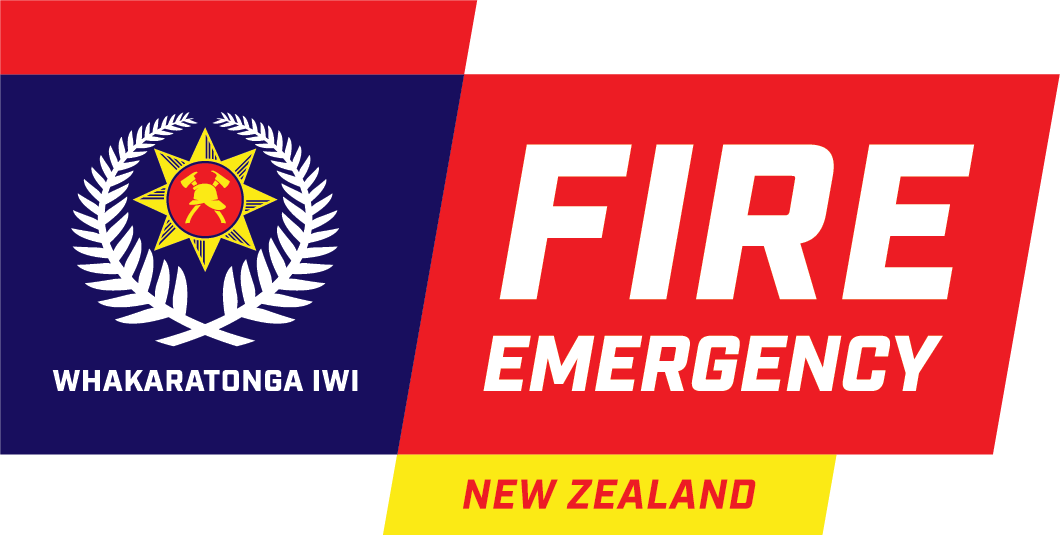Tips for social media and policies
Social media and the news media are useful channels for publicising your station, including your need for volunteers. If you don’t have a Facebook page and would like to set one up – make sure you have someone in your station who will take responsibility for it. For social media to be effective, it needs regular care and attention.
1. Post regularly |
You want to be posting around three times a week. Test the frequency that you post volunteer recruitment messages – you might find that one out of every 10 posts is about right, or that a week dedicated to volunteer attraction works well. See if you can spot patterns emerging. What gets the most engagement? Use this to inform your activity. |
2. Include a call to action |
Always include a call to action for volunteer recruitment posts. This could be directing people to call a dedicated Brigade member or register their interest on the Fire and Emergency website at fireandemergency.nz/volunteer. |
3. Talk about your volunteers |
Consider profiling volunteers in your Brigade so that people get a feel for your station and are encouraged to join. Showcase the range of people in your station – age, gender, ethnicity and roles. |
4. Boost posts |
If a post is getting lots of engagement and shares, consider ‘boosting’ it. This means you pay a small fee and your post will be seen on a wider group of people’s feeds, not just the people that like your Facebook page. When you boost, make sure you use the targeting options – your geographical area, and you may also wish to select age range and gender too. |
5. Make the most of your page features |
Spend time understanding your page features. Certain features, such as insights, help determine the types of posts which are generating traffic to your page. Generating traffic to your page is important to increase interest in events being hosted by the brigade. Other features, such as messages, should be attended to regularly to keep engagement high. An automated response can be set up. This message should let people know that the page isn’t monitored 24/7 and they should contact 111 if it’s an emergency. Additionally, you can moderate your page by blocking words and phrases from appearing in your comments. |
6. Join the social media admins group on Facebook |
If you run your brigade’s social media page, join the social media admins group on Facebook. This group has more helpful tips on attraction, social media, and posts Fire and Emergency content to share. You can request to be a member of the group here: Fire and Emergency NZ social media admins (external link) |
The following guidelines and policy are for personnel including volunteers who are using social media and working with the news media as representatives of Fire and Emergency New Zealand.
Social media guidelines explain the steps to setting up and managing a Facebook page or a Neighbourly account for your station.
Social media guidelines also explain the commitment required for your station to have a successful social media presence – it’s real time, and requires real-time responses. There’s useful information about how to maintain a relationship with your audience, including being clear about who administers your account, networking with other stations, and sharing content from the national social media accounts. There’s information about how to measure the success of your social media activity.
The Media policy sets out the expected behaviours and rules that apply when you’re working with the media. It also sets out rules for using social media, in particular: identifying yourself what you can and can’t say, the permission you require to upload pictures and videos of incidents, the permission you require to use Fire and Emergency branding and logos

Last modified:
